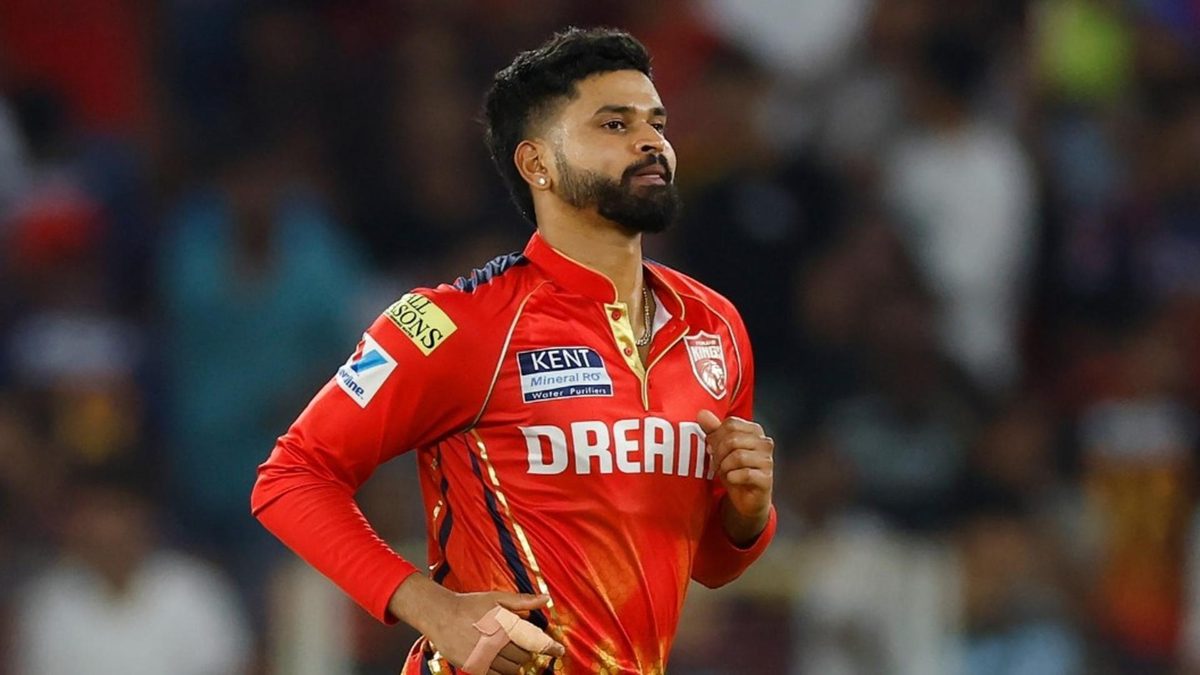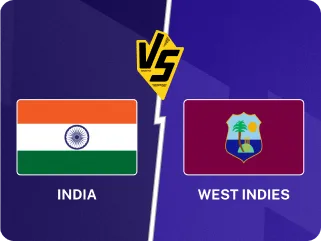
Shreyas Iyer's omission from the Asia Cup despite a brilliant IPL season feels unfair, but there is no "agenda" at play, writes Sarah Waris.
Shreyas Iyer is unlucky to miss the Asia Cup, but where is the space?
There are few things more frustrating for a player than producing a season that ticks every box, only to still be told that a place in the national team is out of reach. For Shreyas Iyer, the last eighteen months have been a study in reinvention. From the disappointment of losing his central contract to rediscovering his touch with decisive ODI knocks, from ending Kolkata Knight Riders’ decade-long wait for an IPL title to almost single-handedly carrying Punjab Kings to a final after 11 years, and from captaining Mumbai to domestic silverware to standing tall in the Champions Trophy, he has quietly put together one of the most complete résumés in Indian cricket today. And yet, as the Asia Cup squad was announced, his name was absent, sparking another familiar round of debates about whether Indian cricket is treating him fairly.
The case for his inclusion is compelling. Iyer is one of only three batters in IPL history to score over 600 runs in a season at a strike rate beyond 175, a remarkable evolution for someone once accused of slowing down through the middle overs. His campaign this year underlined not just batting form but leadership, becoming the first cricketer to captain three different franchises to the summit clash. In the Champions Trophy, he made four successive scores above 45 after a matter-of-fact admission that he was not even supposed to feature in the XI before a late injury to Virat Kohli created a slot. This was the same player who, only months earlier, in the 2023 ODI World Cup, had amassed 530 runs at an average of 66.25 and a strike rate of 113.24. The thought of not playing him in ODIs was bizarre.
Yet, the nature of Indian selection is such that numbers alone are not enough. Whispers of an “agenda” have followed Iyer ever since his interaction with Prime Minister Narendra Modi after India’s 2023 World Cup heartbreak, with some suggesting that the political overtones of that moment have carried repercussions. While such theories remain speculative at best, they have fed into the narrative that Iyer is battling more than just competition for places.
When pressed, chief selector Ajit Agarkar offered a simpler explanation: “You’ll have to tell me who he can replace. It’s no fault of his, nor is it ours. It’s just that you can pick 15, and he’ll have to wait for his chance.” It is an argument difficult to oppose. India have won 17 of their last 20 T20Is, a run built on clarity of roles and a vision for the future with a new core. To parachute Iyer, who has played two T20Is since the start of 2023, based on the performance of one season in the IPL, would be to risk unsettling a squad that is already being spoken about as the most dangerous team in the format’s history.
The dilemma also lies in his role. Iyer is a top-order batter, preferably suited for the No.3 or No.4 role, where he has some time to adjust before he can get going, the very slots currently occupied by Suryakumar Yadav and Tilak Varma. Suryakumar is not just India’s T20I captain but also the world’s most dynamic short-format batter, while Tilak, with a T20I average of 50 and a strike rate of 155, has cemented himself as one of the brightest prospects of the generation. Dropping either would be unfair.
Some argue that if Shubman Gill, with a T20I strike rate of only 139, can edge out Yashasvi Jaiswal, who holds the third-highest strike rate among Indians in the format (minimum 500 runs), then surely Iyer deserves a chance as well. But the contexts are not the same. According to reports, Gill is being groomed as a future all-format captain, while Jaiswal, despite his explosiveness, has been treated as expendable. It is harsh and unfair to blur the lines between formats, but that is an article for another day. And in any case, one questionable call does not justify making another.
Look further down the batting order, and the challenge only grows for Iyer to stake a claim. No.5 is likely to be a wicketkeeper-batter, with Jitesh Sharma the frontrunner after Agarkar hinted about Sanju Samson’s non-inclusion, while Hardik Pandya at six and Rinku Singh at seven provide the finishing firepower. Beyond them, India have the likes of Shivam Dube, who doubles up as a seam option, Samson as an additional keeper, and Axar Patel as a batting all-rounder as other possible candidates to bat in the top seven. Each name comes with an added skill. Iyer is a specialist, and in a squad increasingly built around multi-dimensional players, that makes him harder to fit in.
The frustration was not just about omitting him from the main squad but also from the stand-by list. The reserves include Jaiswal as an opener, Riyan Parag as a middle-order batter who bowls spin, another keeper in Dhruv Jurel, a spin all-rounder in Washington Sundar, and a fast bowler in Prasidh Krishna. Every department in the first 15 has a backup, and including Iyer as a non-playing reserve would also have been awkward, mainly for the ego of a senior player who is not even there to carry drinks.
No, India don't have an agenda against your favourite player
So the debate is endless. Were India right to leave him out, or wrong? The truth, as with most selection calls in Indian cricket, lies somewhere in between. They were right, because continuity, team combination, balance and backing players matter more than a single good IPL season. And they were wrong, because Iyer’s numbers are as compelling as any in the squad. But then one can extend the same argument to Sai Sudharsan, who made 759 runs this season at 54.21 with a strike rate of 156.17. There will always be another name, another talent, another grievance.
In the end, it is not just about Iyer. Suryakumar had to wait, and wait some more, before finally getting his chance. Kuldeep Yadav, despite being one of India’s most effective match-winners in recent years, finds himself sidelined to accommodate the team's needs. Jaiswal, for all their promise, continues to be edged out. Sarfaraz Khan has been among the most consistent run-getters in domestic cricket, but still struggles to make the Test squad. Even someone like KL Rahul had to juggle between multiple roles before finally settling in on one.
And that is the story of Indian cricket: not of agendas or conspiracies, but of abundance and the search for what works best for the team balance. There are too many contenders, too few spots, with the reality being that careers will be shaped as much by circumstance as by talent.
In a country where batting riches never run dry, there is rarely a clear answer. For Iyer, the wait continues, not because he hasn’t done enough, but because sometimes even doing enough is not enough.
Follow Wisden for all cricket updates, including live scores, match stats, quizzes and more. Stay up to date with the latest cricket news, player updates, team standings, match highlights, video analysis and live match odds.








